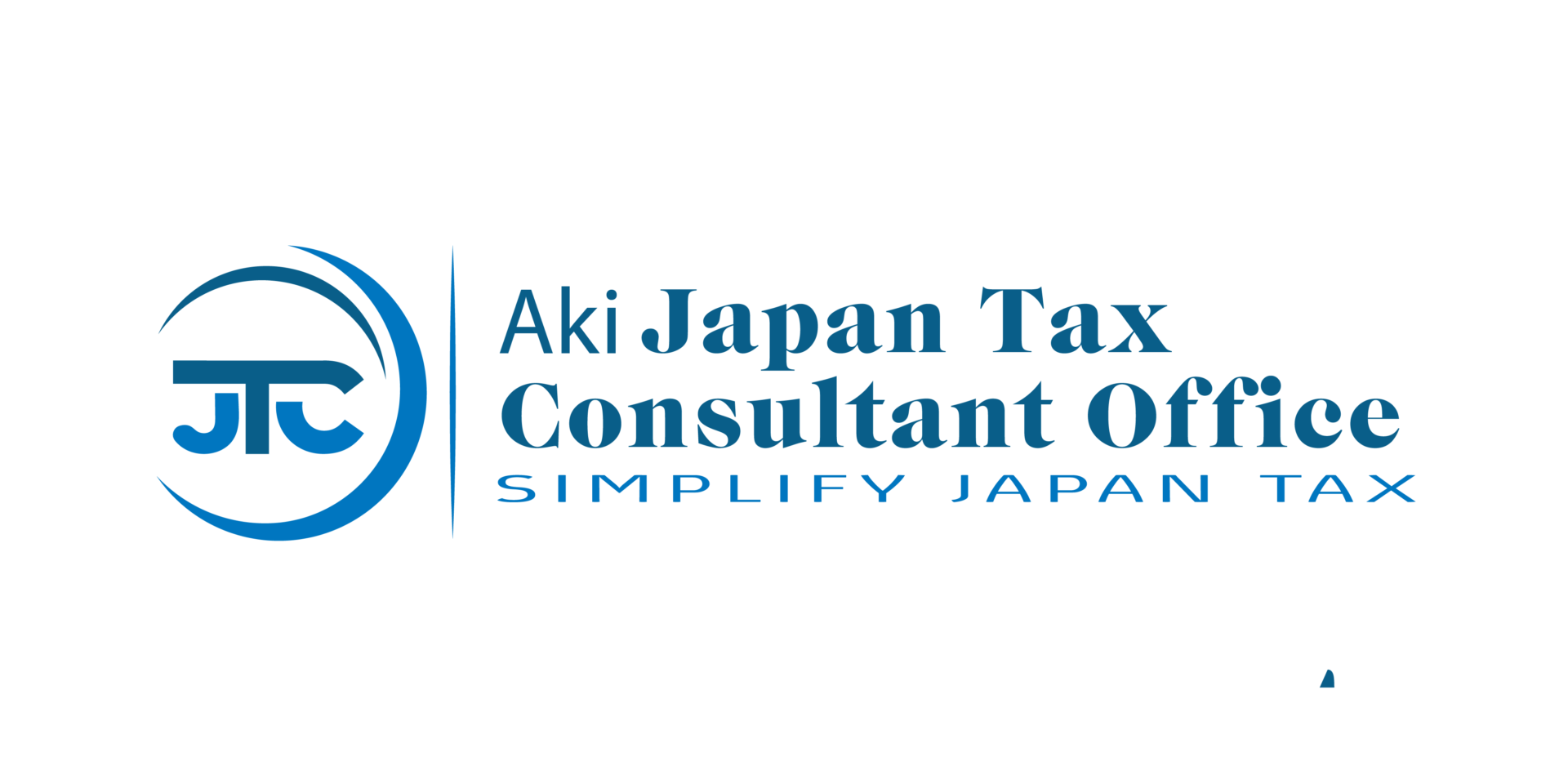It’s a recurring issue to decide whether income constitutes business income or miscellaneous income. Personally, I tend to view the question of whether income qualifies as business income as relatively straightforward when considered from a tax law perspective.
However, from the tax authority’s perspective, whether income falls under one of these two categories significantly impacts the amount of income tax owed. Consequently, they scrutinize whether income qualifies as business income with considerable rigor.
While many people engage in side businesses these days, simply classifying everything as business income just because it’s one of your focusing works will likely lead to situations where your classification differs from the tax office’s judgment.
Nature of Business Income
Difinition
The definition of business income is determined by court precedents.
Business income refers to income derived from activities conducted independently at one’s own risk and expense, which are profit-oriented and remunerative, and for which the intent to carry them out repeatedly and continuously, along with the social status, are objectively recognized.
Supreme Court Decision, April 24, 1981
“Self-calculation and risk” means that if a loss occurs, the individual bears responsibility. In the case of salary, even if a company fails in business negotiations, employees do not compensate for that loss. Therefore, the degree of responsibility differs. The point of repetition and continuity is also frequently observed. Claiming “it’s a business because I made a big one, though it was a single transaction this year” is a bit reckless; the work must be carried out continuously.
Concrete image
Business income is one of the ten types of income defined under Japan’s Income Tax Act, and it qualifies for either blue-form or white-form tax filing.
Main Points:
- Examples of eligible businesses: Retail, food and beverage, manufacturing, services, freelancers (design, programming, consulting, etc.), agriculture/forestry/fisheries, contracting, and other businesses with continuity and independence.
- Business income calculation formula: Total revenue amount − Necessary expenses
- Necessary expenses include purchases, outsourcing fees, rent, utilities, communication fees, consumables, depreciation, travel and transportation expenses, advertising and promotion fees, labor costs, etc.
- Examples not qualifying as business income:
- Salary income (wages from a company)
- Miscellaneous income (one-off side jobs or income with little continuity)
- Real estate income (rental income from property leasing)
- Capital gains (profits from asset sales)
- Benefits of Blue Return Filing (available if business income qualifies):
- Blue Return Special Deduction (up to ¥650,000)
- Loss carryforward deduction (up to 3 years)
- Deducting family member salaries as necessary expenses (Blue Return business-dedicated employee wages)
- Immediate expense recognition for small depreciation assets under ¥300,000, etc.
- Practical filing procedures:
- Preparing accounting books (double-entry bookkeeping recommended)
- Retaining receipts and invoices
- Annual tax return filing (typically February 16 to March 15)
- Consumption tax taxable business determination (e.g., taxable sales exceeding ¥10 million two years prior)
Is it the nature of income, or the nature of the person?
Business establishments, especially if they qualify, offer significant benefits such as loss carryforwards or the ability to reduce income by JPY650,000 through the special deduction for blue-form tax returns. That’s precisely why people want to claim business establishment status whenever possible.
On the other hand, a tax office must thoroughly examine whether it qualifies as a business.
Common points of inquiry include the following checks:
- Performed to obtain continuous and recurring income, and independently bearing the risk → Business income
- Occasional one-off jobs or small income from hobbies → Tends to be classified as miscellaneous income
- Wages based on an employment contract from the company → Salary income
In addition, what has become increasingly important in recent years is the individual’s attributes. When someone has a side job while working for a company, it’s easy to assume they aren’t truly taking on risks in their primary job.
From my perspective as someone who has done research, it seems a bit odd that this concept of personal attributes isn’t legally defined. For example, it feels strange that if two people do the same job under the same conditions, but one has another job, whether that additional income is classified as business income or miscellaneous income can differ. The very structure of the law recognizes this distinction, which is why income is separated based on its nature. It shouldn’t be the case that the nature of the income is determined by who earns it.
However, in practice, that’s not feasible. From the tax office’s perspective, there have been precedents of individuals offsetting salary income gains against business income losses to evade taxes, and they believe countermeasures are necessary.
That’s precisely why the tax authorities announced a basic policy stating that if you didn’t have over JPY3,000,000 in sales revenue, it would be classified as miscellaneous income unless you could provide counterevidence or records. Taxpayers need to be careful, too.
Where does the burden of proof lie?
I understand the taxpayer’s sentiment that “the tax office wants to impose taxes on everything and anything. So I don’t really need to take what the tax office says so seriously.” However, the tax office isn’t handling things arbitrarily; they are collecting taxes based on the law.
Therefore, taxpayers making the above statements should also clearly understand which party bears the burden of proving that fact. Let me summarize the key points.
Key Points of the Burden of Proof
- Burden of Proof for Business Income: Generally rests heavily with the taxpayer (under the self-assessment system, taxpayers bear the obligation to prepare and explain supporting documentation for necessary expenses and business-related activities).
- Proving whether tax evasion was “intentional (deliberate)”: The responsibility of the taxing authority (tax authorities). To apply additional tax penalties or criminal penalties, the authorities must prove intent, concealment, or other fraudulent acts.
The burden of proving whether it is a business lies with the taxpayer.
Japan’s income tax operates under a self-assessment system. Therefore, taxpayers must determine which income category—business income, miscellaneous income, salary, etc.—their earnings fall under. Additionally, they must provide supporting documentation (such as ledgers, invoices, contracts, transaction records, and evidence demonstrating continuity, repetition, and independence) to substantiate that necessary expenses and blue return filing requirements are met.
“Just sort of running a business” is insufficient. In determining business income, factors such as profitability, continuity, independence, availability of human and physical resources, transaction scale and nature, and organizational structure for profit generation are comprehensively evaluated. Submitting supporting documentation and explanations for these elements is the taxpayer’s responsibility.
Suppose a dispute arises during a tax audit, while the tax authority has an obligation to state the reasons for any corrective action. In that case, it is fundamentally the taxpayer’s responsibility to actively prove that the requirements for business activity are met. Similarly, in court proceedings, the taxpayer is required to establish eligibility for blue return benefits (such as full-time employee wages or carry-forward deductions for net losses) and the eligibility of necessary expenses.
Objective facts supporting business activity may include the following elements. Merely having a single computer is insufficient. However, these are simply supplementary conditions; possessing them does not automatically qualify income as business income. This is because if used as a get-out-of-jail-free card, they could become requirements that encourage tax evasion.
- Whether advertising and promotional activities are conducted
- Business cards for professional use
- Business office
- Availability of business phone lines
- Commercial copier
Proving whether tax evasion was intentional falls to the tax authorities.
On the other hand, the question of whether tax evasion was intentional (involving deliberate concealment or disguised concealment) is a matter for the tax authorities.
This is because if it is deemed intentional, a heavy penalty tax will be imposed.
| Underreporting (when a tax return is filed on time but the tax amount is too low) | 35% |
| Failure to file (if not filed by the deadline) | 40% |
| Failure to pay withholding tax | 35% |
Therefore, in the context of administrative penalties, the tax authority bears the burden of proving the essential facts (specifically, the existence of concealment or fraudulent acts and the intent underlying them) necessary to impose a penalty tax (in cases involving concealment or fraudulent acts). Mere bookkeeping errors or misunderstandings do not satisfy the requirements for a penalty tax; thus, if the authority’s proof is insufficient, the penalty tax may be revoked.
Furthermore, the situation differs significantly in criminal cases, which go beyond mere tax payment issues. For violations of the Income Tax Act, Corporation Tax Act, etc., the prosecution must prove beyond a reasonable doubt that the taxpayer “intentionally evaded taxes.” Merely unintentional negligence does not satisfy the elements for a conviction. This aspect also significantly changes the situation for the suspect and is therefore handled strictly.
In place of a conclusion
Side hustles are all the rage, but getting them recognized as business income requires proper preparation.
Even as diverse work arrangements emerge that may qualify as business income, the law is grounded in precedent. It doesn’t immediately update to keep pace with new work styles. Even if you have doubts, prepare counterarguments to ensure you can respond appropriately.





